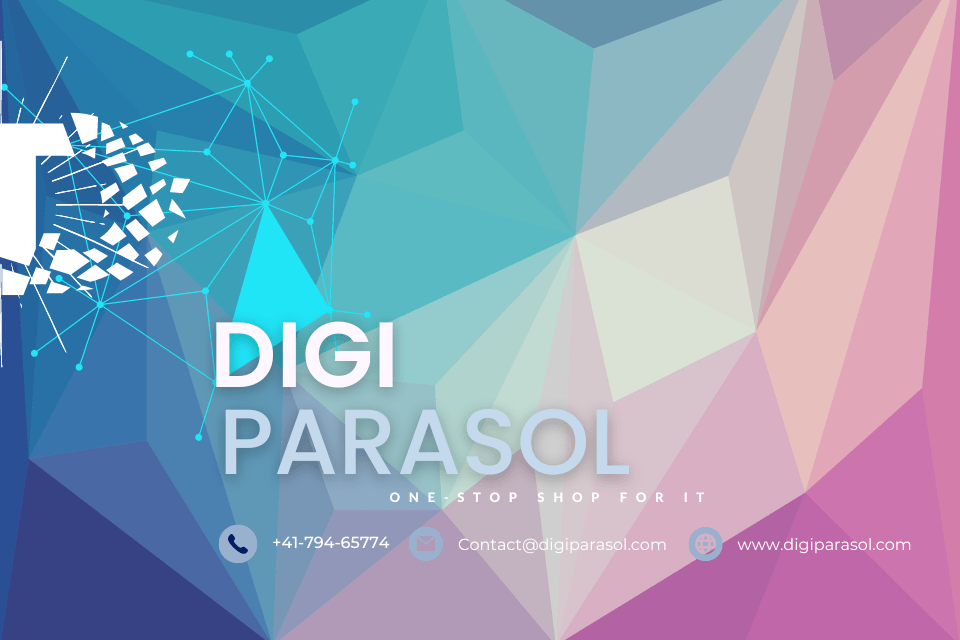Telehealth and AI: The Future of Remote Patient Care
Introduction
Advancements in technology have revolutionized the way healthcare is delivered, with telehealth and artificial intelligence (AI) playing a crucial role in remote patient care. Telehealth refers to the use of electronic information and telecommunications technologies to support and promote long-distance clinical healthcare, patient and professional health-related education, public health, and health administration. AI, on the other hand, involves the development of computer systems that can perform tasks that usually require human intelligence, such as decision-making, problem-solving, and cognitive functions.
The integration of telehealth and AI has the potential to transform the healthcare industry by providing more efficient and personalized care to patients, especially those in remote or underserved areas. In this article, we will explore the benefits and challenges of telehealth and AI in remote patient care, as well as their future potential in revolutionizing the healthcare landscape.
Benefits of Telehealth and AI in Remote Patient Care
1. Increased Access to Care
One of the primary advantages of telehealth and AI in remote patient care is the increased access to healthcare services for individuals living in rural or underserved areas. Through telehealth platforms, patients can connect with healthcare providers remotely, eliminating the need for travel to a clinic or hospital. AI-powered virtual assistants can also help patients schedule appointments, access medical records, and receive personalized health recommendations, further improving access to care.
2. Improved Efficiency and Cost-Effectiveness
Telehealth and AI can streamline the healthcare delivery process by reducing administrative tasks and improving communication between healthcare providers and patients. For example, AI algorithms can analyze medical data, such as lab results and imaging scans, to assist healthcare providers in diagnosing and treating patients more efficiently. This can lead to cost savings for both patients and healthcare organizations, as unnecessary visits to healthcare facilities can be reduced.
3. Personalized Care and Monitoring
AI technologies, such as machine learning algorithms, can analyze large amounts of patient data to identify patterns and trends that can help healthcare providers deliver more personalized care. For example, AI-powered wearable devices can monitor patients’ vital signs and alert healthcare providers to potential health issues in real-time. This continuous monitoring can help detect and prevent medical emergencies, such as heart attacks or strokes, before they occur.
Challenges of Telehealth and AI in Remote Patient Care
1. Privacy and Security Concerns
One of the major challenges of telehealth and AI in remote patient care is the potential for privacy and security breaches. Telehealth platforms must comply with strict regulations, such as the Health Insurance Portability and Accountability Act (HIPAA), to ensure that patients’ medical information is protected. AI algorithms must also be designed with robust security measures to prevent unauthorized access to sensitive patient data.
2. Limited Access to Technology
Despite the benefits of telehealth and AI, not all patients have access to the necessary technology, such as smartphones or high-speed internet, to participate in remote healthcare services. This digital divide can prevent individuals in rural or underserved areas from receiving the care they need, creating disparities in healthcare access and outcomes.
3. Lack of Regulatory Frameworks
The rapid advancement of AI in healthcare has outpaced the development of regulatory frameworks to oversee its use in patient care. As a result, there is a lack of standardized guidelines and protocols for the implementation of AI technologies in clinical settings, leading to uncertainties about their safety and efficacy. It is essential for policymakers and healthcare providers to work together to establish regulations that protect patient rights while fostering innovation in telehealth and AI.
Future Potential of Telehealth and AI in Remote Patient Care
As telehealth and AI continue to evolve, their combined potential to revolutionize remote patient care is vast. Here are some future applications of telehealth and AI that have the potential to transform the healthcare industry:
1. Virtual Consultations and Remote Monitoring
Telehealth platforms can enable patients to consult with healthcare providers virtually, reducing the need for in-person visits and improving access to care. AI-powered virtual assistants can also help patients manage their health conditions by providing personalized recommendations and reminders for medication or appointments. Remote monitoring devices, such as wearable sensors and home-based medical devices, can track patients’ vital signs and alert healthcare providers to any changes that may require intervention.
2. Predictive Analytics and Precision Medicine
AI algorithms can analyze large datasets of patient information, including medical history, genetic data, and lifestyle factors, to identify patterns and predict future health outcomes. This can help healthcare providers deliver more personalized care and recommend targeted treatments based on each patient’s unique health profile. Precision medicine, which aims to tailor medical treatments to individual patients, can benefit from AI technologies by optimizing drug dosages and treatment plans for better outcomes.
3. Integration of Telehealth and Electronic Health Records (EHRs)
The integration of telehealth platforms with electronic health records (EHRs) can facilitate communication between healthcare providers and streamline the exchange of patient information. AI algorithms can assist in analyzing EHR data to identify gaps in care, track treatment outcomes, and improve clinical decision-making. This seamless integration can enhance the continuity of care for patients and reduce the likelihood of medical errors.
Conclusion
Telehealth and AI have the potential to revolutionize remote patient care by improving access to healthcare services, increasing efficiency, and providing personalized care to patients. Despite the challenges of privacy and security concerns, limited access to technology, and lack of regulatory frameworks, the future of telehealth and AI in healthcare is promising. By leveraging the power of technology and human expertise, healthcare providers can deliver high-quality care to patients, regardless of their location or socioeconomic status. As the healthcare industry continues to embrace digital transformation, telehealth and AI will play a vital role in shaping the future of remote patient care.


